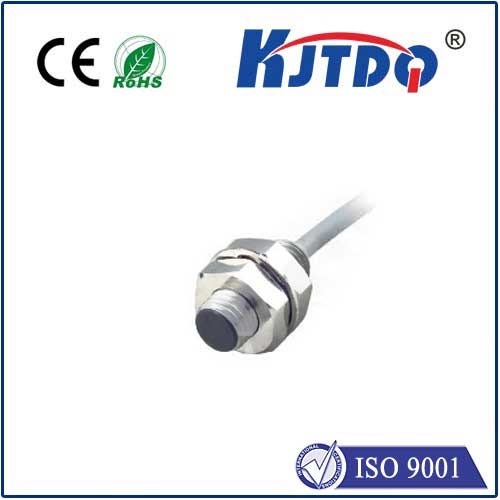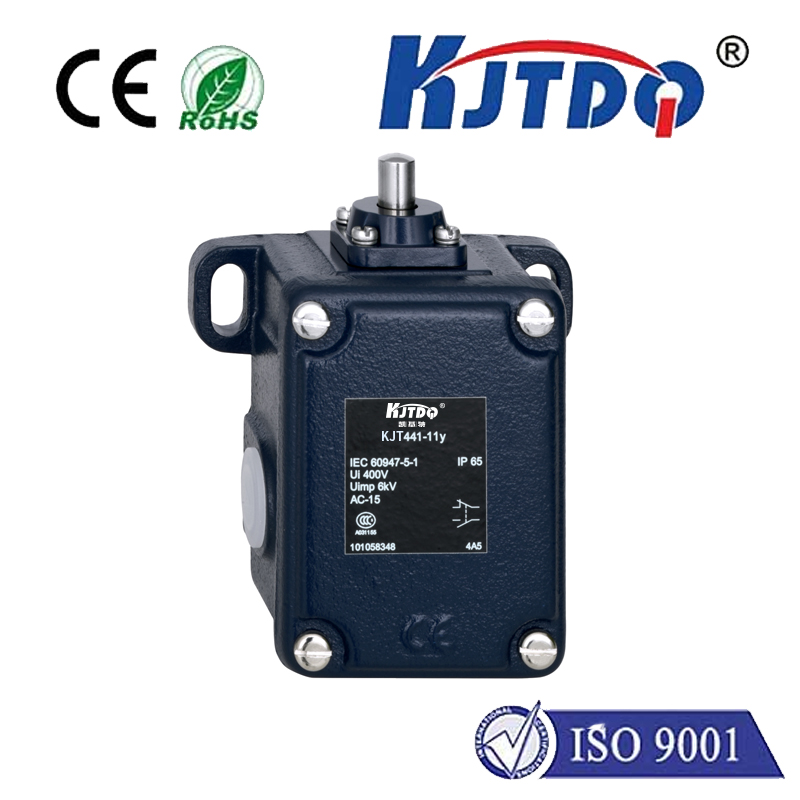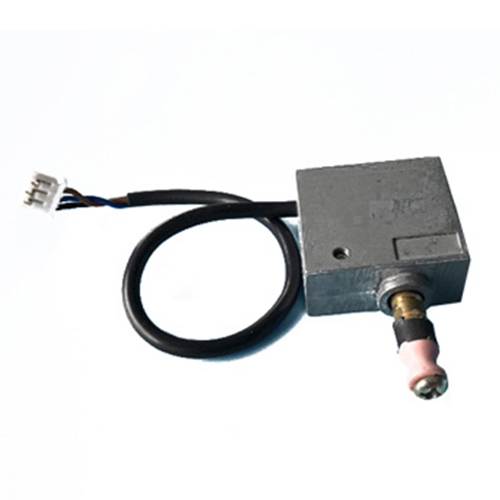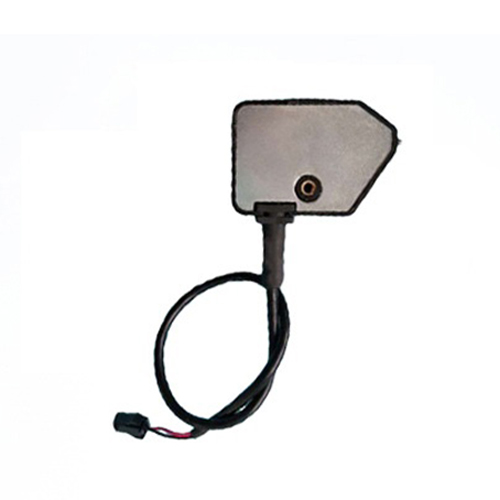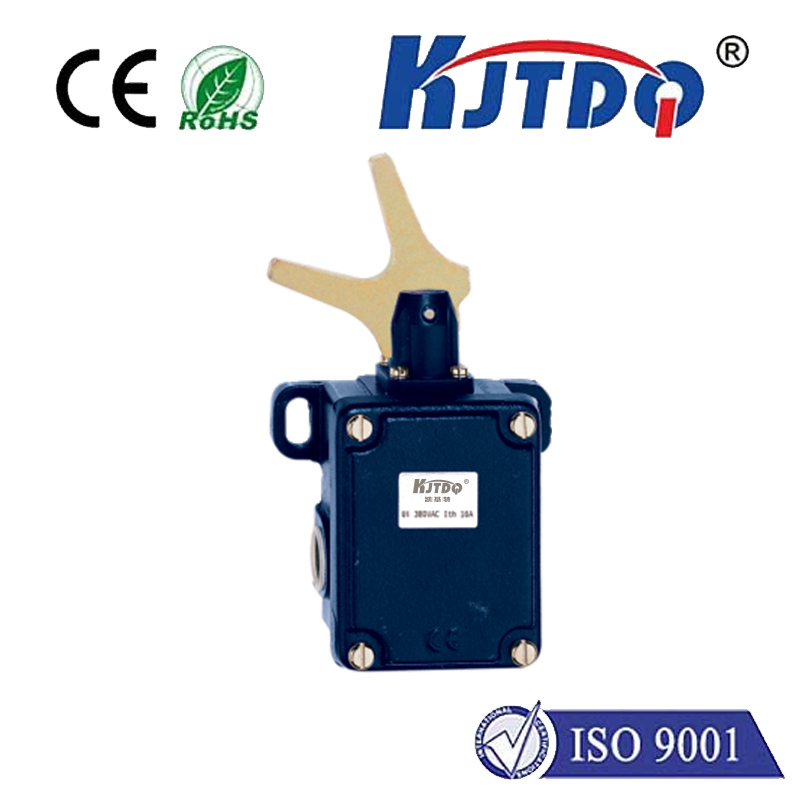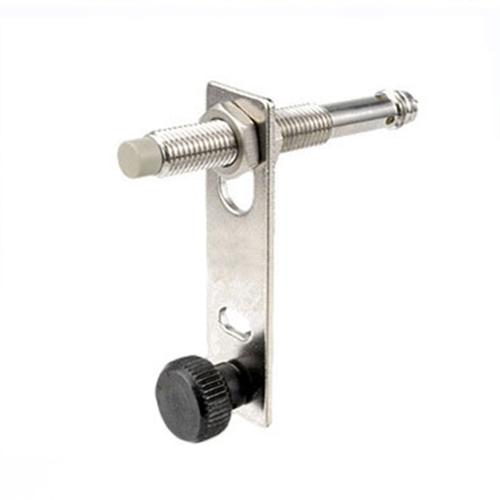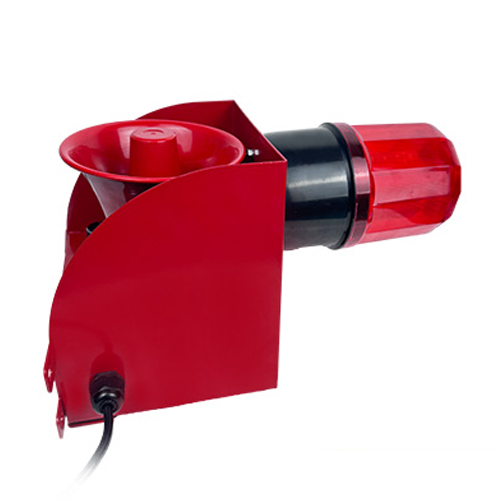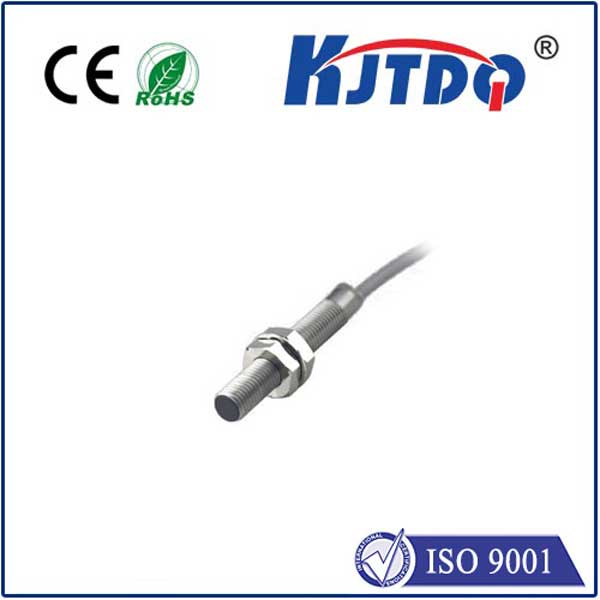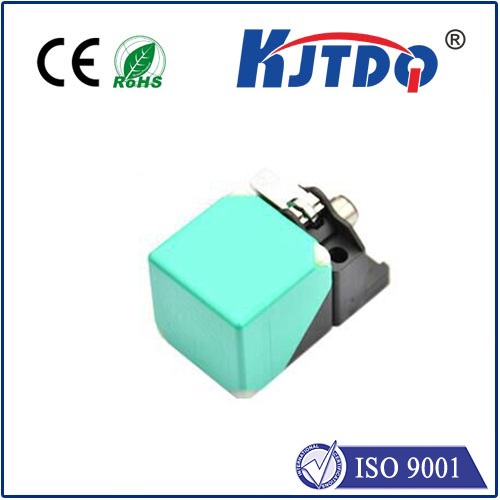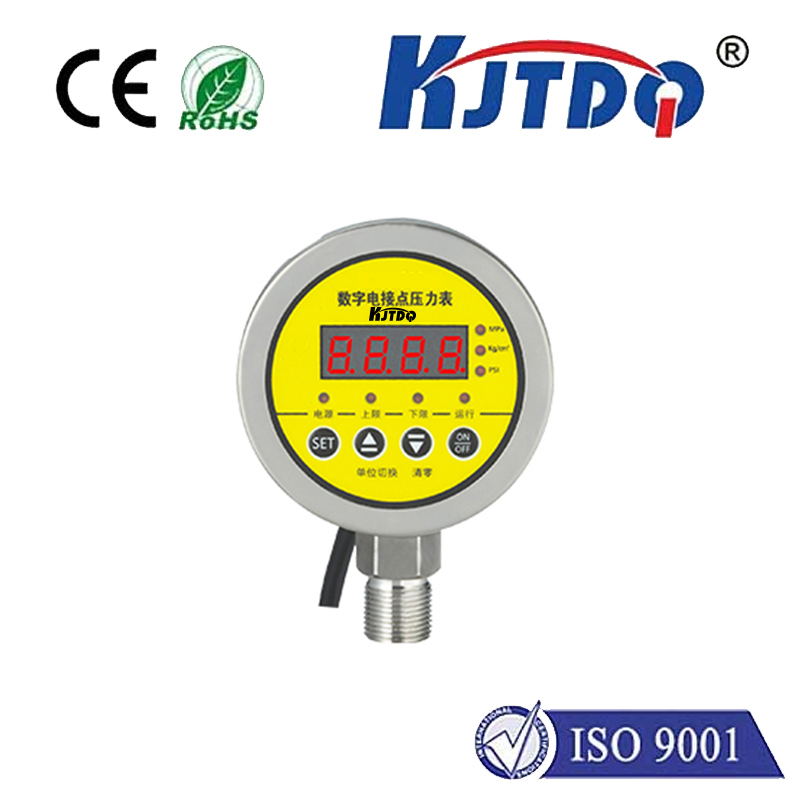fiberoptic sensor
- time:2025-08-13 17:07:37
- Click:0
Fiber Optic Sensors: The Invisible Revolution Reshaping Industrial Sensing
Remember sensors failing near giant motors or deep within corrosive chemical tanks? Frustrating downtime, costly replacements, and dangerous data gaps were often the norm. What if a single technology could conquer electromagnetic chaos, survive brutal environments, and transmit data over vast distances with uncanny accuracy? This isn’t future tech – fiber optic sensors are doing this right now, silently transforming how we monitor and understand our complex world. Moving far beyond mere signal carriers, these ingenious devices weave light itself into a powerful tool for real-time, distributed sensing across industries hungry for smarter, safer, and more reliable data.
Why Fiber Optics? The Unbeatable Core Advantages
Fiber optic sensors leverage the unique properties of light guided through hair-thin strands of glass or plastic. This fundamental principle unlocks breakthrough capabilities where conventional electronic sensors falter:

- Electromagnetic Immunity (EMI/RFI): Unlike copper wires susceptible to interference from motors, power lines, or radio waves, fiber optics use light. This makes fiber optic sensors perfect for noisy industrial settings, power generation plants, and medical imaging equipment (like MRI machines), delivering undistorted signals.
- Intrinsic Safety: With no electrical currents at the sensing point (the optical fiber itself is passive), fiber optic sensors eliminate spark risks. This intrinsic safety is vital for explosive or flammable environments like oil & gas refineries, mining operations, and chemical processing plants.
- Corrosion & Harsh Environment Resistance: Glass fibers resist most chemicals, high moisture, and extreme temperatures where metal sensors corrode or fail. They enable reliable monitoring inside pipelines, structural concrete, turbine engines, and deep underwater.
- Long-Distance Operation & Multiplexing: Light signals travel vast distances (kilometers!) within a fiber with minimal loss. Crucially, multiple sensing points can be integrated along a single fiber strand (multiplexing), enabling efficient distributed sensing of temperature, strain, or vibration over large structures like pipelines, dams, bridges (“distributed fiber optic sensing” or DFOS is a key capability).
- High Sensitivity & Accuracy: Light properties like intensity, phase, wavelength, and polarization change exquisitely in response to subtle environmental shifts. Advanced techniques allow fiber optic sensors to detect minute strains, tiny pressure changes, or temperature variations with exceptional precision. Fiber Bragg Gratings (FBGs) are a prime example, acting as wavelength-specific mirrors etched into the fiber core, whose reflected light shifts precisely with strain or temperature.
Applications Illuminated: Where Fiber Optic Sensors Shine
The unique strengths of fiber optic sensors translate into transformative applications across diverse sectors:
- Oil & Gas: Monitoring pipeline integrity (leak detection, third-party intrusion), downhole pressure and temperature in extreme well conditions (using specially designed fiber optic pressure sensors), and perimeter security. Their distributed sensing capability along lengthy pipelines is a game-changer.
- Civil Engineering & Infrastructure Health Monitoring (SHM): Embedding sensors in bridges, dams, tunnels, buildings, and railways to continuously measure strain, vibration, tilt, and temperature. This allows for early detection of structural weaknesses, predictive maintenance, and assessment after events like earthquakes. Fiber optic sensors offer long-term durability unmatched by conventional strain gauges.
- Power & Utilities: Temperature monitoring of high-voltage transformers, power cables, and wind turbine blades (critical for early ice detection and structural health). Their EMI immunity is crucial near strong electrical fields. Fiber optic temperature sensors are widely deployed here.
- Medical & Biotechnology: Miniaturized fiber optic sensors excel as catheters for precise in-vivo pressure monitoring (blood, intracranial, urological), temperature mapping during ablation therapies, and pH sensing. Their biocompatibility and electrical passivity are significant advantages.
- Aerospace & Defense: Embedding sensors within composite aircraft structures and rocket bodies for strain, temperature, and shape sensing (fiber optic shape sensing). Monitoring aircraft fuel tanks for safety and aircraft health management systems.
- Industrial Process Control: Precise level sensing in corrosive liquids, temperature profiling in harsh furnaces or reactors, and vibration monitoring on critical rotating machinery where electrical sensors pose a risk or fail prematurely.
The Future is Bright: Trends Shaping Next-Gen Sensing
Fiber optic sensor technology is far from static. Key trends accelerating its adoption and expanding capabilities include:
- Cost Reduction & Standardization: Manufacturing advancements and standardized components are making sophisticated sensing solutions more accessible.
- Miniaturization & Integration: Developing smaller probes and integrating sensing elements directly into composite materials or microfluidic chips opens up new biological and micro-scale monitoring possibilities.
- Intelligent Sensing & AI Integration: Combining vast amounts of distributed fiber optic sensing data with Artificial Intelligence enables predictive analytics, anomaly detection, and automated decision-making for infrastructure and industrial systems. The sensor network becomes a truly intelligent nervous system.
- Multiparameter Sensing: Creating single fibers or compact probes capable of simultaneously measuring multiple parameters (e.g., temperature and pressure, strain and chemical concentration) enhances efficiency and data richness.
- New Materials & Enhanced Fibers: Research into specialized glass compositions and novel coatings promises sensors for even higher temperatures, radiation environments, or specific chemical detection.
From enabling safer energy extraction to ensuring the structural integrity of bridges we cross daily and advancing minimally invasive medical diagnostics, fiber optic sensors are proving indispensable. They overcome the fundamental limitations of legacy sensing methods, offering resilience, precision, and intelligence where it matters most. As technology evolves towards smarter, interconnected systems (Industry 4.0, Smart Cities), fiber optic sensors, with their unique ability to deliver distributed, high-fidelity data from challenging environments, are not just an option – they are increasingly becoming the backbone of reliable, future-proof sensing infrastructure. Their revolution, built on beams of light, is fundamentally illuminating a path towards greater safety, efficiency, and understanding across the modern industrial landscape.












